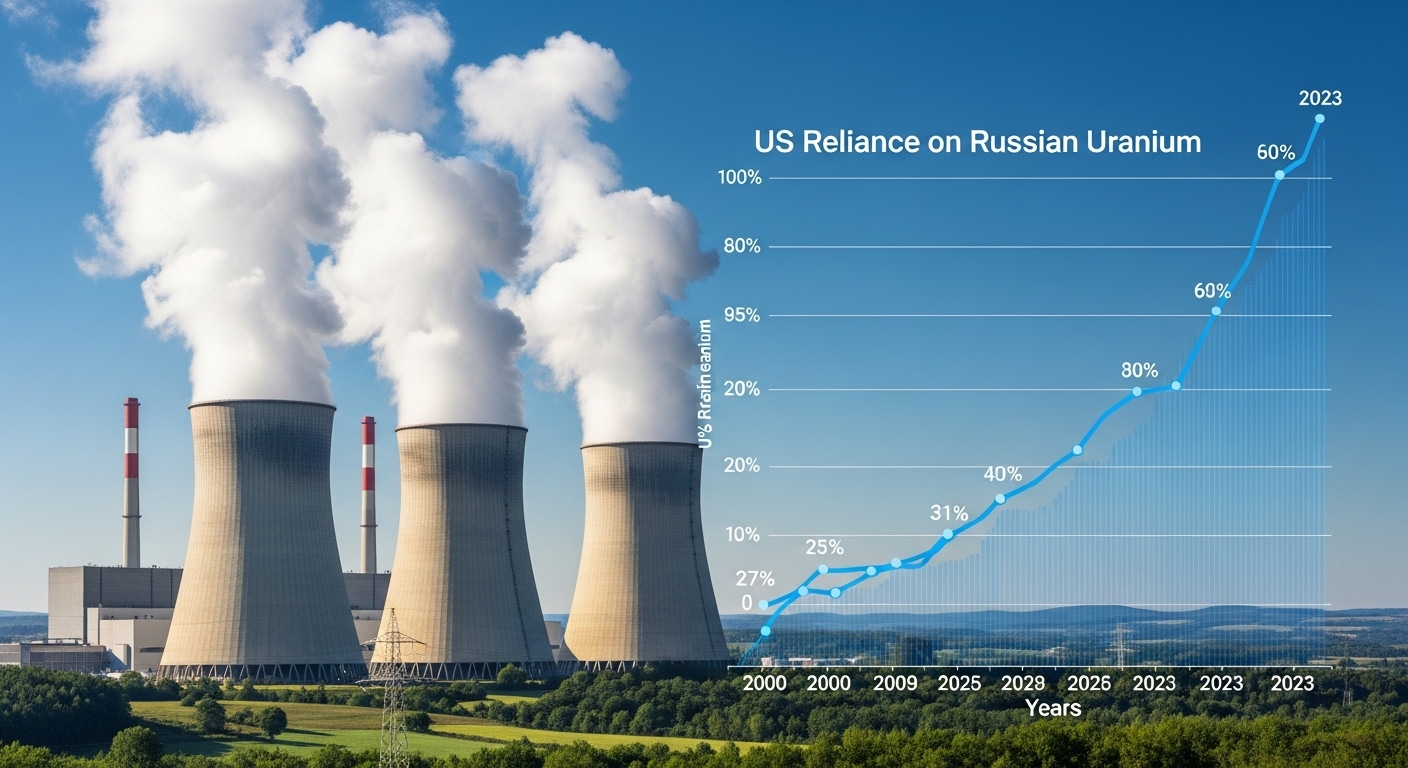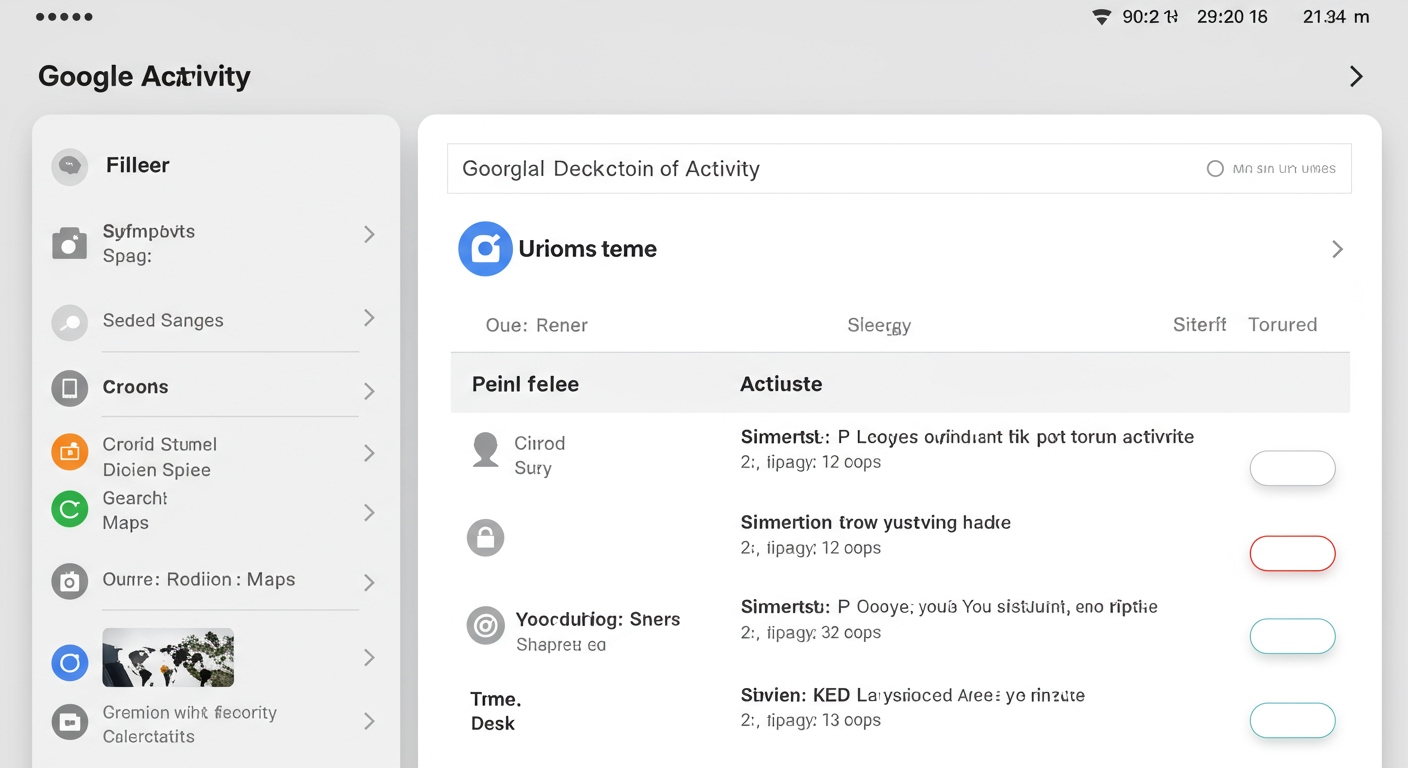Many associate heart attacks with dramatic chest pain, yet a significant number strike silently, leaving behind substantial damage before they are even recognized. This alarming reality underscores a critical gap in public awareness regarding understanding silent heart attack symptoms. This article aims to shed light on silent heart attacks, also known as Silent Myocardial Infarction (SMI). We will explore their deceptive nature, the subtle symptoms often mistaken for everyday ailments, the “silent killers” that contribute to their development, and crucial steps for prevention and early detection. Understanding these hidden threats is paramount to safeguarding your cardiovascular health. This article will explore what SMIs are, their hidden symptoms, underlying causes, and crucial preventive measures.
What is a “Silent Heart Attack”?
Defining the Unseen Threat
A silent heart attack is a myocardial infarction (heart attack) that presents with no symptoms, mild symptoms, or symptoms that are not recognized as a heart attack . Despite the lack of obvious signs, such an event causes real damage to the heart muscle, just like a more overt heart attack. Its prevalence is significant, with estimates suggesting that 22% to 60% of all heart attacks may be silent . This highlights the importance of understanding silent heart attack symptoms.
Why They Go Unnoticed
Symptoms of these events are frequently mild, non-specific, or mistakenly attributed to common conditions like the flu, indigestion, or a strained muscle in the back or chest. Some individuals may experience no noticeable symptoms at all, making diagnosis particularly challenging until weeks or months later. This makes understanding silent heart attack symptoms crucial for early intervention.
The Deceptive Signals: Subtle Symptoms to Watch For
When it comes to understanding silent heart attack symptoms, recognizing the atypical signs is key.
Atypical Chest Discomfort
Instead of intense pain, you might feel mild discomfort, pressure, squeezing, or fullness in the chest, which can be fleeting or intermittent. This differs from the classic, crushing chest pain often associated with a typical heart attack, making it harder to identify.
Unexplained Fatigue and Weakness
Persistent, unusual tiredness that lasts for days without explanation, or a sudden, significant decrease in your ability to perform usual physical activities, can be a subtle sign.

A person experiencing mild, radiating pain in their left arm and jaw, looking slightly uncomfortable but not in severe distress, set against a subtle, warm-toned background indicating an indoor setting. This image visually represents atypical heart attack signs and helps in understanding silent heart attack symptoms.
Shortness of Breath and Lightheadedness
Unexplained breathlessness, particularly during light exertion, or a sensation of dizziness or feeling faint, are important signals to monitor.
Digestive Disturbances and Cold Sweats
Symptoms such as nausea, indigestion, heartburn, or vomiting that are not clearly linked to a stomach ailment can sometimes point to a cardiac event. Unexplained cold sweats, especially without physical exertion or anxiety, also warrant attention.
Other Subtle Indicators
Trouble sleeping, such as waking up gasping for air, or a general feeling of unease or “sense of doom,” can be overlooked indicators.

A diverse group of people, including a woman and an older man, discussing health concerns with a medical professional in a modern, well-lit clinic. The image emphasizes the importance of communication for early detection of silent heart attack symptoms.
The “Silent Killers” Behind These Events: Risk Factors
Recognizing the silent killers that contribute to a cardiac event is as important as understanding silent heart attack symptoms themselves. These are key heart attack risk factors.
Uncontrolled Hypertension (High Blood Pressure)
Chronically elevated blood pressure silently damages arteries, making them stiff and narrow, significantly increasing the risk of a heart attack. This is a primary factor.
Undiagnosed High Cholesterol
High levels of LDL (“bad”) cholesterol lead to plaque buildup (atherosclerosis) in the coronary arteries, restricting blood flow and setting the stage for heart attacks. This often progresses without noticeable initial signs.

A person meditating calmly in a peaceful, natural setting, symbolizing effective stress management to prevent heart disease. This image highlights a key aspect of heart attack prevention.
Other Significant Risk Factors
- Diabetes: Impairs nerve function, which can mask pain signals, and contributes to arterial damage, making understanding silent heart attack symptoms even more challenging.
- Obesity/Overweight: Increases the strain on the heart and is linked to other risk factors like high blood pressure and cholesterol.
- Smoking/Tobacco Use: Severely damages blood vessels and heart function, dramatically increasing the likelihood of such an event.
- Sedentary Lifestyle: Lack of physical activity contributes to obesity, high blood pressure, and high cholesterol, all precursors to a cardiac issue.
- Family History of Heart Disease: Genetic predisposition can increase risk, emphasizing the need for proactive heart disease prevention.
- Increasing Age: Risk generally increases with age, making regular screenings more important.
The Dangers of Undetected Damage & Early Diagnosis
Long-Term Consequences
These undetected events cause irreparable damage and scarring to the heart muscle, leading to higher risks of heart failure, abnormal heart rhythms, and future, potentially fatal, heart attacks or strokes . Without immediate medical attention, the heart muscle cannot be salvaged, leading to worse outcomes compared to a recognized heart attack. This highlights the severe dangers of not understanding silent heart attack symptoms.

A doctor explaining an ECG readout to a patient, emphasizing the importance of diagnostic screenings for heart health. This image represents the role of health screenings in understanding silent heart attack symptoms and early detection.
Safeguarding Your Heart: Prevention and Lifestyle
Heart disease prevention is paramount, especially given the elusive nature of silent heart attack symptoms.
Adopt a Heart-Healthy Diet
Prioritize a balanced diet rich in fruits, vegetables, whole grains, and lean proteins, while minimizing saturated fats, trans fats, cholesterol, sodium, and added sugars. This is a cornerstone of cardiovascular health awareness.

A person jogging confidently along a scenic path in a park, demonstrating consistent physical activity for a healthy heart. This image promotes heart disease prevention and a healthy lifestyle.
Effective Stress Management
Implement strategies like mindfulness, yoga, meditation, adequate sleep, or spending time in nature to mitigate the impact of chronic stress on your heart. This proactive approach helps in preventing conditions.
Managing Underlying Health Conditions
Work closely with your healthcare provider to diligently manage conditions like high blood pressure, high cholesterol, and diabetes through lifestyle changes and prescribed medications. This is critical for understanding silent heart attack symptoms and preventing their occurrence.
Other Preventative Measures
Maintain a healthy weight, quit smoking, and limit alcohol consumption to further reduce your risk of heart disease and the possibility of a future event.
Silent heart attacks are a pervasive and dangerous reality, often eluding detection due to their subtle or absent symptoms. Yet, they inflict significant damage, increasing the risk of severe long-term complications. Understanding silent heart attack symptoms and addressing the “silent killers” like uncontrolled hypertension, undiagnosed high cholesterol, and chronic stress, is paramount. Do not underestimate the quiet signals your body might be sending. Listen attentively, and if something feels unusual or persistently “off,” consult a healthcare professional without delay. Prioritize regular health screenings, embrace a heart-healthy lifestyle, and proactively manage your risk factors. Early recognition and intervention are your strongest defenses against these hidden threats, offering the best chance to protect your heart and prolong your life.



